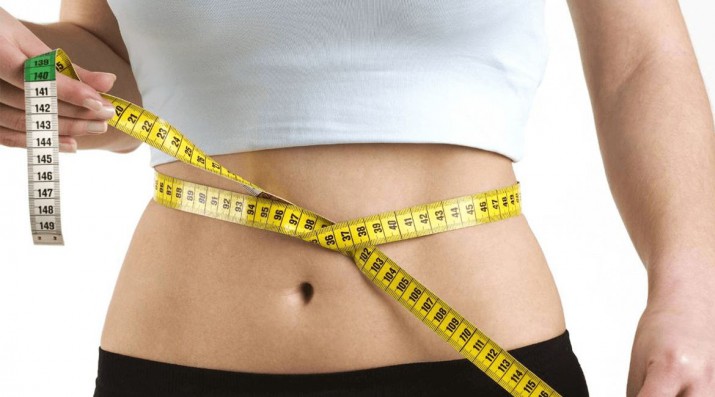Learn all you need to know about stored fat
The body uses three nutrients (carbohydrates, fats, and proteins) for energy. Glucose is a simple form of carbohydrate which serves as the body’s sugar. The brain and nervous system rely almost exclusively on glucose for energy to function properly as well as execute daily tasks. Ordinarily carbs serve as the body’s main fuel source, however when we deprive the body of carbs it is forced to find another source of energy.

How to put your stored fat to work
When glucose and blood sugar levels drop it allows fat cells to release stored water and enter the bloodstream to be processed by the liver. These fat cells are difficult for the liver to break down so it converts them into ketones. The body is now using these ketones as its source of energy, which is known as Ketosis. Your body is now using stored fat as fuel which is why it is an effective way to achieve weight loss. In order to put your body in this metabolic state, you must limit your body’s access to carbs.
The Ketogenic diet
The Ketogenic diet must consist of predominately of fat and a moderate amount of protein. Ideally you want your caloric intake to consist of 70% fat, 25% protein, and 5% carbs. You should not consume more than 20 grams of carbs to keep your body in ketosis.
AVOID
- grains (wheat, oats, rice)
- sugar (honey, maple syrup)
- fruit (bananas, apples, tomatoes) *avocados and berries are the exception as long as they are in moderation because of their low glycemic index
- starchy vegetables (potatoes, corn, peas)
- Non-green vegetables (carrots, red peppers)
EAT
- Animal Protein (both lean and fatty; poultry, beef, eggs, fish)
- Nuts and seeds (almonds, sunflower seeds, walnuts)
- Full Fat Dairy (butter, yogurt, cream)
- Green vegetables (spinach, kale, broccoli)
- Oils (olive, avocado, coconut, high-fat salad dressing)



